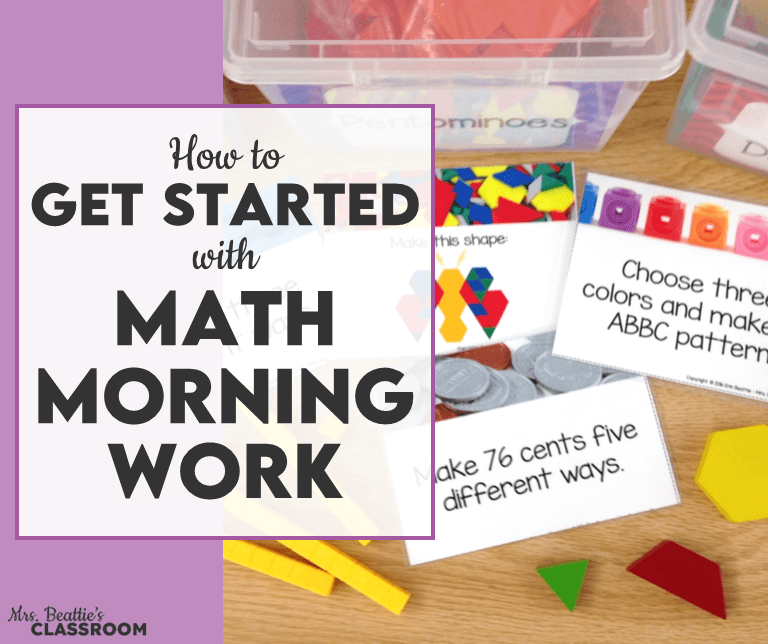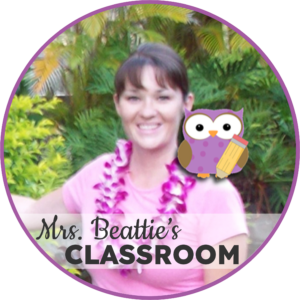Encouraging your students to feel safe taking risks in math is a huge piece of the achievement puzzle. Are you creating an environment that supports this? Here’s how you can help!
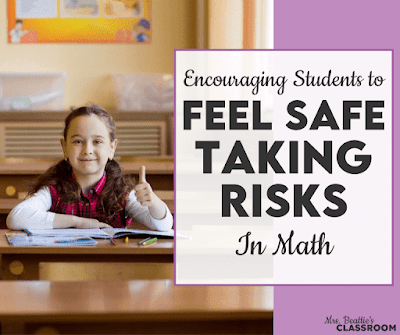
Picture this: You’re standing at the front of the classroom. Twenty-five sets of eyes flicker around the room as the math period begins. You start the lesson with a question: Crickets. Suddenly, everyone is very interested in what’s in their lap or scratched into their desktop. You rephrase your question and wait. More crickets.
What is it that is keeping our students from raising their hands to share their thoughts?
Why Students Shut Down
There are many reasons why your students could be shutting down in math class.
- They may simply not know the answer to your question.
- They might be feeling peer pressure to “play dumb” about math—the “I’m not a math person” syndrome that we’re all so familiar with.
- They are very likely afraid to make a mistake. Over the years, I’ve had many students who completely fear being wrong in any situation.
- They may not fully understand your question.
Whatever the reasons, we must work hard to create environments where our students feel safe taking risks in their learning.

Strategies for Encouraging Risk-Taking in Math
I have some tried-and-true favorite strategies that I incorporate into my planning year after year.
Think Time
Some students process information more slowly or more quickly than others. It could be an auditory processing issue or a language impairment, but all students benefit from thinking time regardless of the underlying reason.
Whenever I ask a question, I give my students between 30 seconds and a minute minimum to silently think about my question and how they might answer before putting their hands up.
This allows everyone to process what they’ve been asked and to ask questions if they need clarification.
Hand Signals
I use hand signals a lot in my classroom. I have always felt that some students are intimidated when many hands are up to respond, and they don’t have something to share. I see them shut down quickly because they don’t want to appear like the only one who doesn’t know an answer.
Because of this, I’ve always asked my students to put their thumbs up in front of them when they’re ready to answer my question. That way, the signal is for me, not for everyone else. The students looking for some peer attention are toned down a little, and the students who are hesitant to take a risk will suddenly feel like they can do this.

Personal Whiteboards
A lot of research has been done on non-permanent surfaces. Ideally, these are used in a vertical location that is visible to everyone, but personal whiteboards are the next best thing.
Many students find it helpful to have a place to jot down their thoughts or work out a problem. The fact that it can be quickly erased gives anyone a sense of safety when using it. It is okay to make a mistake because there will be no record of it a few minutes from now.
Personal whiteboards can be expensive, but a cheap alternative would be to give each student a page protector with a sheet of paper inside. This is a great way to use graphic organizers, too!
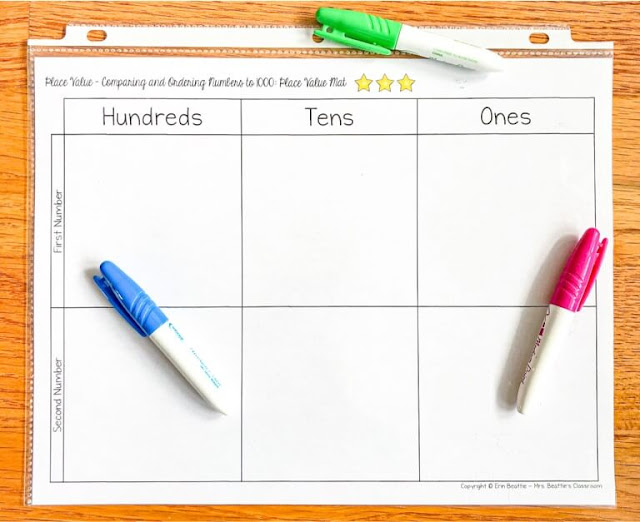
Turn and Talk
Another thing I love to do during my lessons is to have students talk about the question I’ve asked with an “elbow partner” or a person sitting next to them.
If you try just one of these strategies, let it be this. Count the number of hands that go up after you ask your question, give the students time to turn and talk, and then count the number of hands that go up afterward.
This allows the hesitant student to hear what others are thinking before putting themselves out there. When they hear that their thinking isn’t that different from their peers, they are far more likely to raise their hands to contribute to the whole-class discussion.
Celebrate Mistakes
Having an environment that celebrates mistakes instead of just fixing them has also changed my students’ risk-taking levels during math.
I enthusiastically thank my students when they share a misconception or an error. I tell them that I was hoping someone would say precisely what they just have so that we would have the chance to discuss it. I explain to the class that mistakes provide us with the opportunity to stretch and grow our brain connections. Without errors, learning doesn’t happen.
Of course, students are still a little embarrassed by the thought of messing up in front of their peers, but a part of them certainly feels proud to have contributed such value to the discussion.

This is by no means an exhaustive list of ideas, but encouraging students to feel safe taking risks in math is high on my priority list. These are just a few of the most common techniques I use in my classroom.
I have embedded many of these strategies into my Differentiated Guided Math Lessons for primary classrooms. Those are available here:

If you’d like to try Guided Math for FREE, grab my Quick-Start Guide and a set of free centers right here:
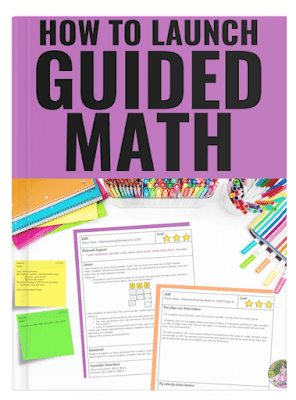
You might also be interested in reading more about why your guided math groups aren’t working the way you’d hoped in this post:
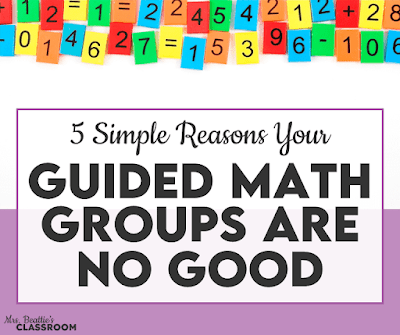
If you have enjoyed this post, please share it with friends and colleagues on Facebook or pin it on Pinterest:




